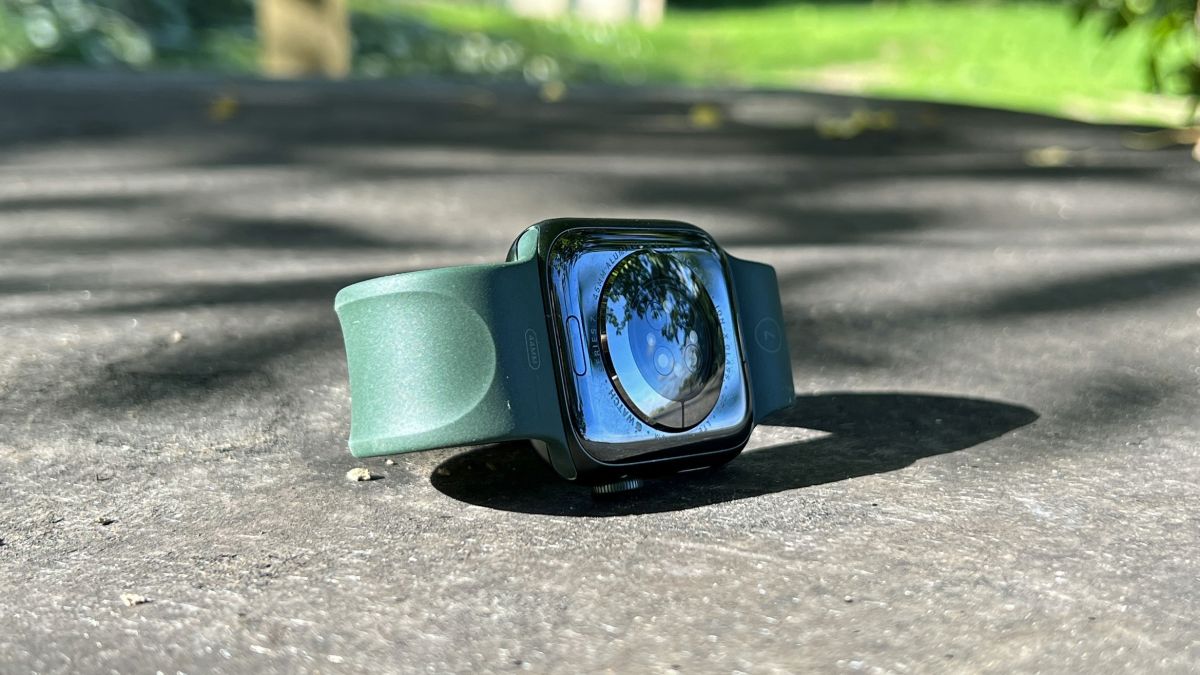
The rumor mill continues to churn about the Apple Watch 8: Sources report its skin temperature sensor may not make it into the finished wearable in time for release.
Apple is still working on the software component of the feature, Analyst Ming-Chi Kuo recently said, making sure the temperature displayed is accurate and conforming to Apple’s high standards before the watch’s release date.
According to Kuo, the feature was set to debut in the Apple Watch 7, before it was nixed due to time constraints. But this inability to get the skin temperature sensing feature right is a blow – one that has led Apple to fall behind some of its rivals in the health stakes, including Fitbit.
(1/3)Apple canceled body temperature measurement for Apple Watch 7 because the algorithm failed to qualify before entering EVT stage last year. I believe Apple Watch 8 in 2H22 could take body temperature if the algorithm can meet Apple’s high requirements before mass production.May 1, 2022
The Fitbit Sense, released in September 2020, uses a dedicated sensor to measure skin temperature changes every minute while you sleep, then displays a graph of the changes the next morning. Many other Fitbit devices including the Charge 4, Charge 5, Inspire 2,, Luxe, and Versa series, can all provide a single average estimate of your nightly skin temperature with their existing sensor arrays.
Now the Fitbit Sense 2, surely one of the Apple Watch 8’s main rivals in the wellness sphere, is reportedly on the horizon. If the Apple Watch 8 can’t get the feature right in time, it could be a real coup for Fitbit.
Analysis: Why wrist skin temperature tracking matters to Apple
Skin temperature tracking is useful for several reasons. If you’re training hard, a higher temperature could indicate you’re not recovering well and may need more time to rest. It has been used to detect potential infection or illness, although it’s not a reliable indicator on its own. It’s also useful for tracking ovulation; a research paper published in the Journal of Medical Internet Research last year found wrist skin temperature, measured continually during sleep, was an effective way to capture temperature shifts caused by the menstrual cycle.
Other fitness trackers like the Oura smart ring can measure body temperature overnight, reportedly to within 0.13C of accuracy. So what’s the holdup for Apple?
Kuo states “The challenge in implementing precise body temperature measurement is that skin temperature quickly varies depending on outside environments. A smartwatch can’t support core temperature measurement in terms of hardware, so it needs an excellent algorithm to work together.”
Samsung, Kuo notes, is facing similar software concerns when it comes to skin temperature. The fact Samsung and Apple are battling the same issue could suggest they’re working on a more accurate way to record and present the information than Fitbit is currently using, and want the time to get it right.
On the other hand, the Apple Watch is more of an all-purpose smartwatch than the fitness-orientated Sense, and Apple could just be struggling to squeeze it all in.
